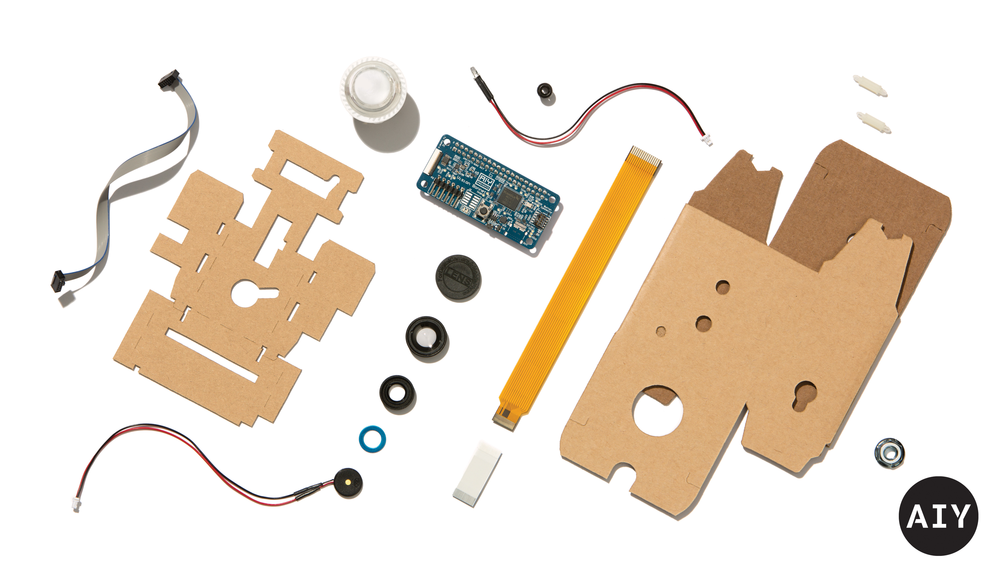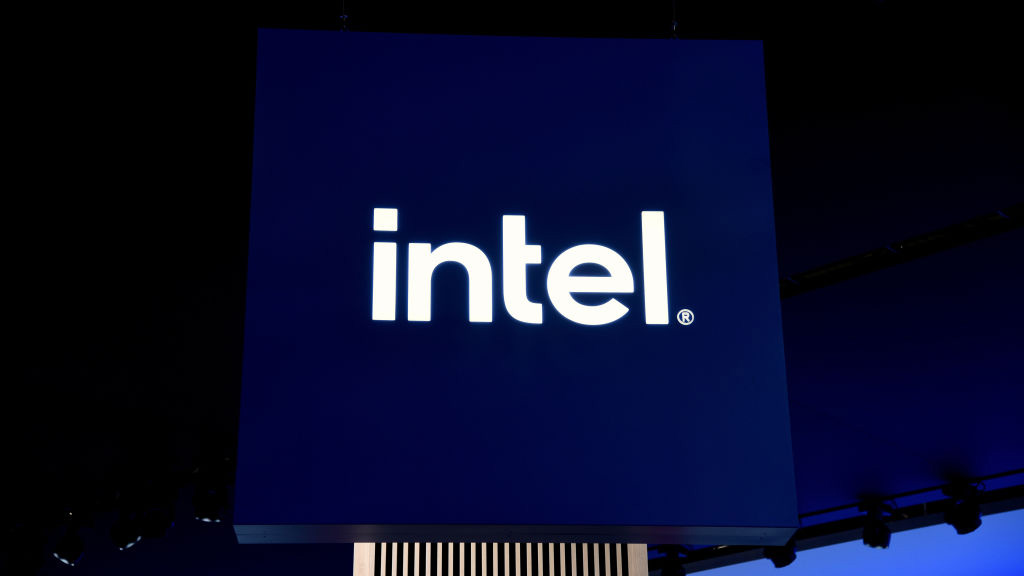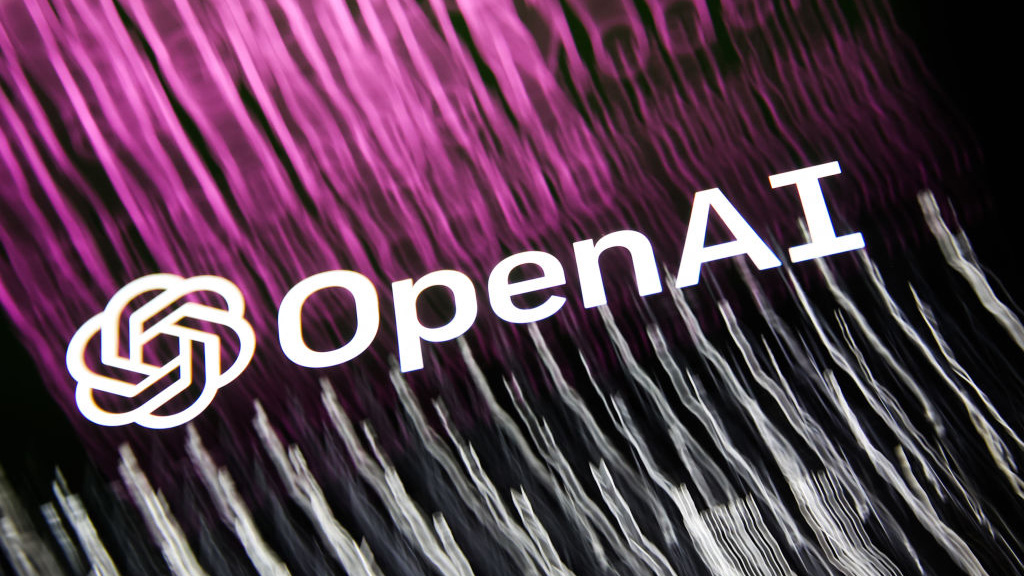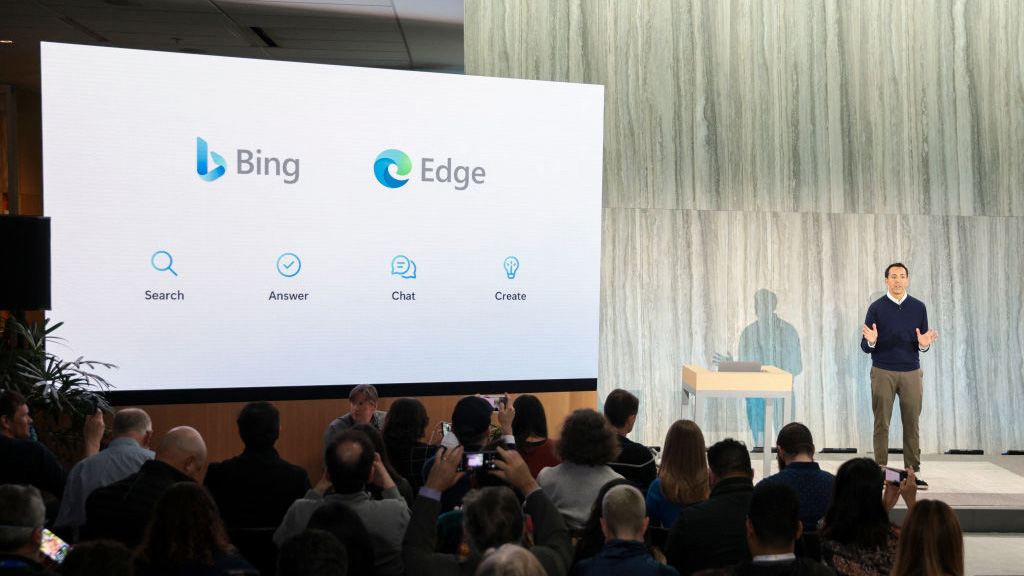Google brings AI camera tools to the Raspberry Pi
The kit means developers can add object, facial and animal recognition to their projects


Google has announced the AIY Vision Kit, opening up a new way for Raspberry PI users to access its AI tools. The kit comprises a low-power Intel Movidius MA2450 circuit board and computer vision software that can be tagged onto an existing Raspberry Pi computer and camera modules.
The circuit board provides the ability to run neural networks on the device rather than having to add on an external source for processing the data or use a cloud processing system.
The software includes access to three TensorFlow-based neural network models - one based on MobileNets to recognise objects, one to recognise faces and human facial expressions, while the third can identify the difference between a human, a cat and a dog.
"We've also included a tool to compile models for Vision Kit, so you can train and retrain models with TensorFlow on your workstation or any cloud service," Google's Billy Rutledge, its director of AIY Projects said.
"We also provide a Python API that gives you the ability to change the RGB button colors, adjust the piezo element sounds and access the four GPIO pins."
Google said its AIY Vision Kit could be used for a whole range of applications, including identifying plants and the individual species, monitor where your dog is in your home, see when your car left the driveway and recognise emotion - for example, whether your guests like your home decor.
This is the second product released in the AIY line by Google. Its AIY Voice Kit was released in May and enables Raspberry Pi developers to build a standalone voice recognition system using Google Assistant, or users can add their own voice recognition and natural language processing to projects.
Sign up today and you will receive a free copy of our Future Focus 2025 report - the leading guidance on AI, cybersecurity and other IT challenges as per 700+ senior executives
Image courtesy of Google

Clare is the founder of Blue Cactus Digital, a digital marketing company that helps ethical and sustainability-focused businesses grow their customer base.
Prior to becoming a marketer, Clare was a journalist, working at a range of mobile device-focused outlets including Know Your Mobile before moving into freelance life.
As a freelance writer, she drew on her expertise in mobility to write features and guides for ITPro, as well as regularly writing news stories on a wide range of topics.
-
 Google DeepMind CEO Demis Hassabis thinks this one area of the tech industry is probably in an AI bubble
Google DeepMind CEO Demis Hassabis thinks this one area of the tech industry is probably in an AI bubbleNews AI startups raising huge rounds fresh out the traps are a cause for concern, according to Hassabis
-
 Everything you need to know about Google and Apple’s emergency zero-day patches
Everything you need to know about Google and Apple’s emergency zero-day patchesNews A serious zero-day bug was spotted in Chrome systems that impacts Apple users too, forcing both companies to issue emergency patches
-
 Intel targets AI hardware dominance by 2025
Intel targets AI hardware dominance by 2025News The chip giant's diverse range of CPUs, GPUs, and AI accelerators complement its commitment to an open AI ecosystem
-
 Calls for AI models to be stored on Bitcoin gain traction
Calls for AI models to be stored on Bitcoin gain tractionNews AI model leakers are making moves to keep Meta's powerful large language model free, forever
-
 Why is big tech racing to partner with Nvidia for AI?
Why is big tech racing to partner with Nvidia for AI?Analysis The firm has cemented a place for itself in the AI economy with a wide range of partner announcements including Adobe and AWS
-
 Baidu unveils 'Ernie' AI, but can it compete with Western AI rivals?
Baidu unveils 'Ernie' AI, but can it compete with Western AI rivals?News Technical shortcomings failed to persuade investors, but the company's local dominance could carry it through the AI race
-
 OpenAI announces multimodal GPT-4 promising “human-level performance”
OpenAI announces multimodal GPT-4 promising “human-level performance”News GPT-4 can process 24 languages better than competing LLMs can English, including GPT-3.5
-
 ChatGPT vs chatbots: What’s the difference?
ChatGPT vs chatbots: What’s the difference?In-depth With ChatGPT making waves, businesses might question whether the technology is more sophisticated than existing chatbots and what difference it'll make to customer experience
-
 Bing exceeds 100m daily users in AI-driven surge
Bing exceeds 100m daily users in AI-driven surgeNews A third of daily users are new to the past month, with Bing Chat interactions driving large chunks of traffic for Microsoft's long-overlooked search engine
-
 OpenAI launches ChatGPT API for businesses at competitive price
OpenAI launches ChatGPT API for businesses at competitive priceNews Developers can now implement the popular AI model within their apps using a few lines of code